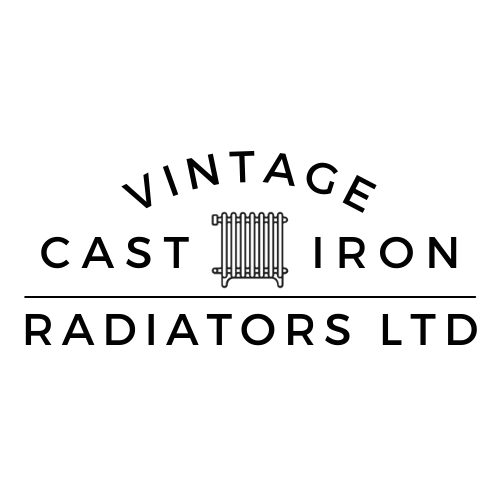Why you should always buy from a specialist
WE’VE SPOKEN BEFORE ABOUT THE REAL AND POTENTIAL PROBLEMS WHEN BUYING ORIGINAL CAST IRON RADIATOR CARCASSES
It is absolutely understandable that people want to save as much as possible on their cast iron radiators. The most common way we see people see doing this is by buying straight from a contractor or private seller who has just removed them from a property, a scrap merchant or a reclamation company who just happens to have a few at the back of the yard. They do this with a view to self renovation however they have not considered the potential problems when buying reclaimed or original cast iron radiator carcasses.
POTENTIAL PROBLEMS WHEN BUYING ORIGINAL CAST IRON RADIATOR CARCASSES
There are cost savings to be made this way if all goes well but there are huge pitfalls too. You’ve got to believe us when we say that it’s not just a case of a bit of sandpaper, some elbow grease and a quick lick of paint. You’ve also got to believe us when we say that it could well prove more expensive and far more stressful than simply buying one already finished and completed by a reputable cast iron radiator supplier. We actually finish to your own bespoke requirements and radiators bought form us in this way are done so at our risk and not at yours (see our terms and conditions).
CUSTOM RENOVATED CARCASS TO FIT YOUR HOME
To emphasise those pitfalls we always use the term “carcass” to describe un-renovated cast iron radiators still in their old untouched condition. This is because that’s exactly what they are. They’re unknown, untested, unproven and unreliable….. as are some of the people who will sell them to you.
We recently had a customer commission us to refurbish some pretty princess radiators they had bought from a ‘reclamation yard’. We gave an estimate of what a standard refurbishment would cost (based on type and size). As always this comes with the caveat that refurbishment of your own radiators is at your own risk and that price may increase if the work required becomes substantially greater than the standard refurbishment service – we will always talk at length with you about what you can expect and what potential problems and remedies may be encountered along the way. Our view is that the better informed you are the greater trust you have in us.
When the radiators were delivered to us we could see immediately that, despite being very pretty, the radiators had been roughly treated in the past. This was indicated by worrying and extensive water stains around every joint, DIY alterations to the bleed nipples and un-centered holes drilled into original ornate end bushes to accommodate modern valve fittings. In short, they were potentially all but useless. The work required was definitely beyond the scope of anyone without access to specialist resources, tools and equipment; even more worrying it was potentially beyond even our own resources to resurrect them.
After speaking some more, our customer decided that they were now committed to seeing the radiators brought back to life and asked us to do whatever was required provided the cost was not greater than buying the equivalent radiator direct from us.
As always, the first job we do is make sure the radiator is able to accommodate pressure testing equipment. In this case, one of the radiators steadily leaked pressure, another proved impossible to insert any pressure (it came out as quickly as it went in).
So, after taking instruction from the customer, we started dismantling them and found horror stories galore!
Virtually every one of the push nipples was corroded beyond recognition. “Push nipples” are a type of construction that have no threads. The nipples are intended merely to locate each section in the correct position, the sections are then held firmly together by a rod pushed through the entire length of the radiator and bolted at each side, top and bottom. Sometimes the rods are internal, sometimes they are external. When we replace these we always do so with new stainless steel rods.
The amount of rust, rubbish and grunge that can come out of one radiator is unbelievable. Here seen against another radiator the same (waiting to be dismantled). Note all the useless push nipples.
Even in the case of radiators in substantially better condition, if not cleaned out thoroughly the flow of water will be severely restricted rendering the unit useless, not to mention pumping destructive amounts of metal and waste around your system.
Now all the radiators were completely dismantled… all that remained (with the exception of the actual casting) was to source and/or manufacture virtually every single component.
THE MORAL OF THIS STORY MUST BE:
“There is an incredible amount of work in renovating these radiators. Specialist knowledge, tools and equipment are required. Always insist that whoever sells you your radiators knows and tells you what condition they are in, it could end up costing you far more than you bargained for. Buying from the back of a lorry, a contractor looking for a few quid cash in hand, the forgotten end of a salvage yard or scrap merchant is not always a good idea”.
Understand the potential problems when buying original cast iron radiator carcasses, or get in touch with us.

